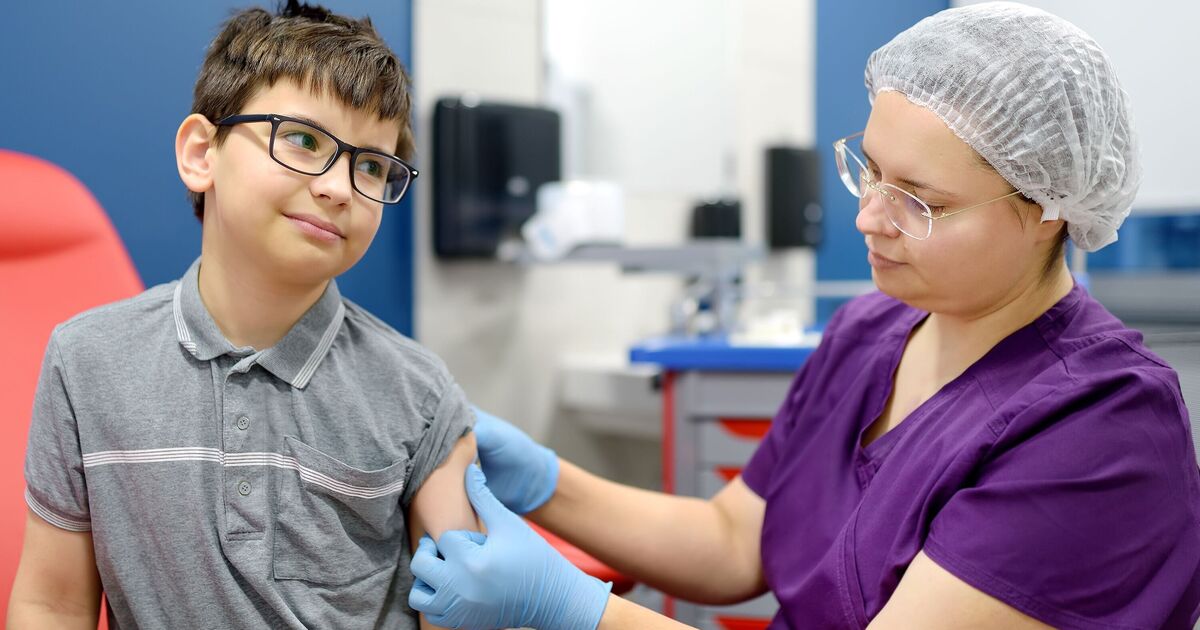A hospital has said it is “concerned about the increasing number of children and young people who are contracting measles.” Alder Hey Children’s Hospital in Liverpool said this in a statement after treating 17 children for measles effects and complications since June.
Earlier this month, a child, who was ill with measles and other health problems, died at the hospital. Health Secretary Wes Streeting told Parliament that “no child in this country should be dying of measles”. He said the tragedy showed “we have got to redouble our efforts on vaccination”.
The measles, mumps and rubella (MMR) jab provides over 95% protection against getting ill. However, vaccination rates have slumped across England. Not one council area in England has hit the target rate of getting 95% of children vaccinated, which the World Health Organisation (WHO) says is necessary to achieve herd immunity, which stops illnesses from transmitting across the population. Check our interactive map below to see if the area you live in is one of the worst affected.
In 22 council areas, the vaccination rate for the MMR – measles, mumps and rubella – jab has slipped below 75%. At the same time, cases of measles are rising.
So far this year, 529 cases of measles have been confirmed by laboratory reports. The majority were in children aged 10 and under, but measles has also been diagnosed in young people and adults.
Hackney, in Central London, has the lowest vaccination rate in the country and the second-highest number of confirmed cases of measles so far in 2025.
The latest figures show that just three in five children (60.8%) in Hackney had received both doses of the MMR jab by their fifth birthday. There have been 46 lab-confirmed cases of measles in the central London borough so far in 2025.
Only one council area in England has seen more cases of measles so far this year: Bristol (47). Bristol’s vaccination rates were much higher, at 83%, but still well below the 95% target.
After Bristol and Hackney, Leeds (29 confirmed cases of measles), Salford (27), Birmingham (26), and Newham (24), have seen the highest number of cases. None of the 13 hotspot areas with at least 10 confirmed cases of measles so far this year has a vaccination rate above 90%.
Fewer than seven in 10 children (70%) are up to date with their MMR jabs in four of the areas with the biggest number of infections, and fewer than 80% in eight areas.
Our map only shows areas with at least 10 confirmed cases of measles. UKHSA suppresses case counts in areas with fewer than 10 cases.
The first MMR vaccine is offered to infants when they turn one year old and the second dose to pre-school children when they are around three years and four months old.
Around 99% of those who have two doses will be protected against measles and rubella. Although mumps protection is slightly lower, cases in vaccinated people are much less severe.
Anyone, whatever age, who has not had two doses can contact their GP surgery to book an appointment. It is never too late to catch up. For more information on measles, mumps and rubella, see the UKHSA resource: https://www.gov.uk/government/publications/mmr-for-all-general-leaflet.

